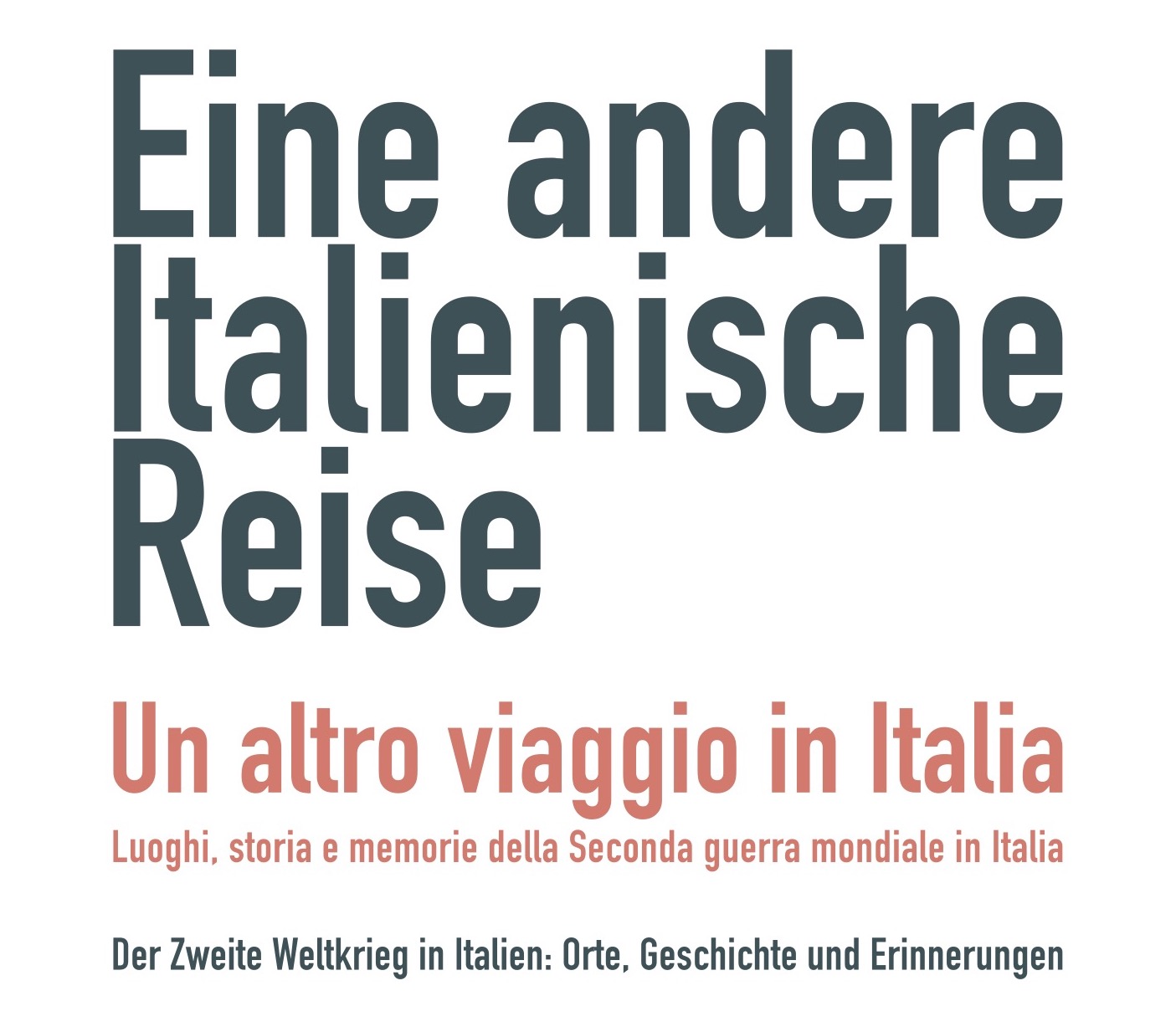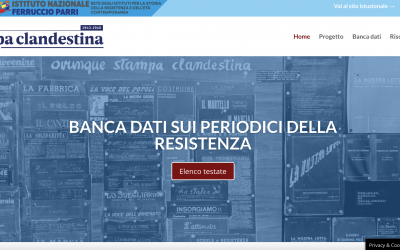Credits: Igor Pizzirusso.
 What a lot of traffic!
What a lot of traffic!
 Yes, we are in one of the busiest areas of Milan.
Yes, we are in one of the busiest areas of Milan. Right here in the square I see a monument. What is it?
Right here in the square I see a monument. What is it?
 It’s a memorial commemorating the shooting of 15 anti-fascists and partisans.
It’s a memorial commemorating the shooting of 15 anti-fascists and partisans.
 Partisans? But Laura, weren’t the bodies of Mussolini and Clara Petacci hung here?
Partisans? But Laura, weren’t the bodies of Mussolini and Clara Petacci hung here?
 Yes, but on August 10th, 1944 15 political prisoners were brought here on German orders, but by Fascist soldiers from San Vittore prison and killed on the spot, in reprisal and without a trial. Perhaps you remember the body of the Duce, his mistress and some leaders of the Italian Social Republic because in collective memory Piazzale Loreto evokes this episode.
Yes, but on August 10th, 1944 15 political prisoners were brought here on German orders, but by Fascist soldiers from San Vittore prison and killed on the spot, in reprisal and without a trial. Perhaps you remember the body of the Duce, his mistress and some leaders of the Italian Social Republic because in collective memory Piazzale Loreto evokes this episode.
 Yes, I think I’ve seen the photo…
Yes, I think I’ve seen the photo…
 The partisans arrived on a truck at dawn on April 29th, 1945, from Como where they had intercepted the Fascists as they fled and executed them. The bodies were initially dumped in the square.
The partisans arrived on a truck at dawn on April 29th, 1945, from Como where they had intercepted the Fascists as they fled and executed them. The bodies were initially dumped in the square. I remember Mussolini hanging upside down. Why?
I remember Mussolini hanging upside down. Why?
 Well, the news spread quickly. An uncontrolled and exasperated crowd gathered in the square, insulting, trampling and disfiguring the corpses, forcing the firemen to hang some of the bodies from the shelter of the petrol station, where there is now a bank, to save them from the mockery of the crowd. They were left exposed there, just as the the partisans had been.
Well, the news spread quickly. An uncontrolled and exasperated crowd gathered in the square, insulting, trampling and disfiguring the corpses, forcing the firemen to hang some of the bodies from the shelter of the petrol station, where there is now a bank, to save them from the mockery of the crowd. They were left exposed there, just as the the partisans had been.
Credits: Pubblico dominio.
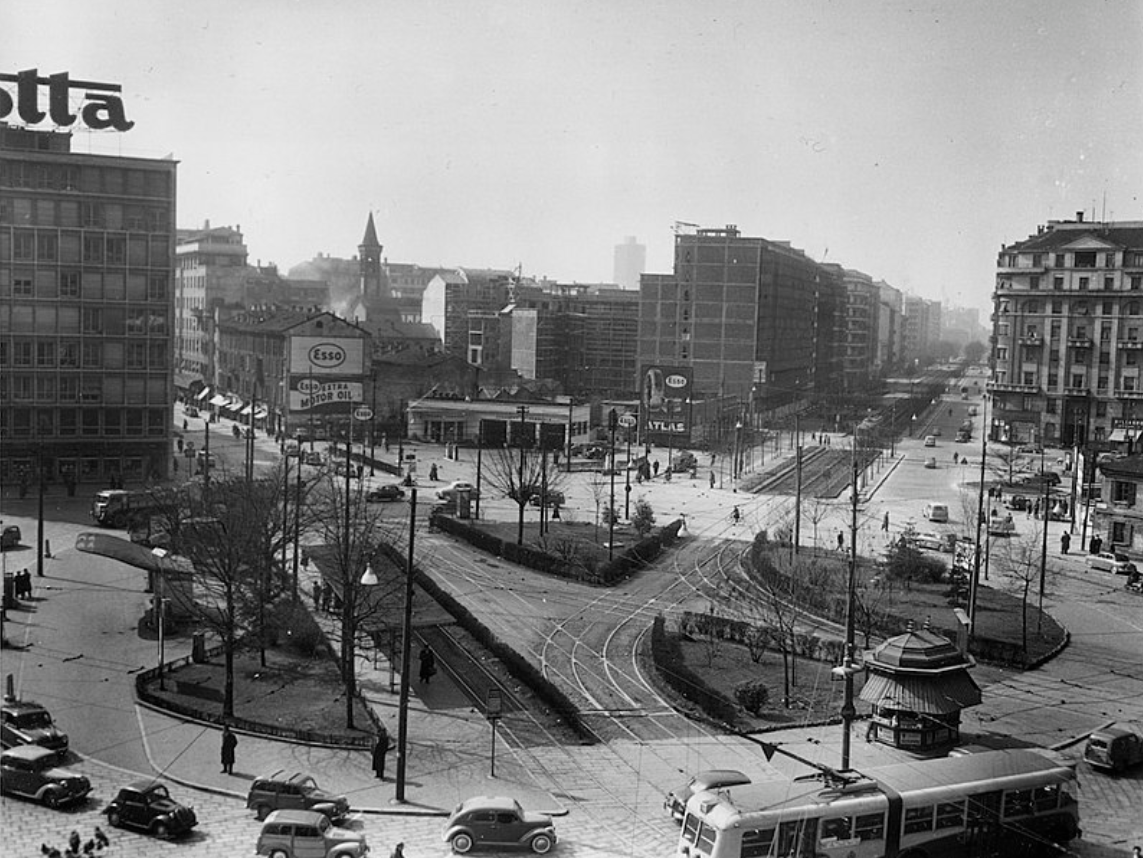
The opposition to Fascism and the Resistance took on a new form after the armistice of September 8th, 1943. The democratic forces set up the National Liberation Committee (CLN) to coordinate the military action of the partisan brigades in the mountain valleys; the Italian Communist Party (PCI) organised the Patriotic Action Groups (GAP) in the cities.
The partisans lived underground, isolated and with very few means, victims of denunciations, round-ups, deportations and shootings. They were often supported by the civilian population, which consequently suffered violent Nazi and Fascist reprisals.
From the summer of 1944, the first Free Zones were established in the centre-north, experimenting with new forms of autonomy, organisation and control of the territories. For the first time, a woman was elected to council of the Ossola Republic.
After the difficult reorganisation in the winter of 1944, the partisan formations resumed their offensive in the spring. On April 25th, 1945, a general insurrection was proclaimed: in advance of the arrival of the Allies, the Resistance forces liberated the cities of the North and set up new administrations.
The partisan resistance was flanked by many forms of civil resistance (involving support from workers, women, and people of the Church), which hindered the German occupation and delegitimised Fascist collaboration. Last but not least, there was the essentially military resistance of the various units of the Italian Coalition Army, which fought in the Italian Campaign alongside the Allies.
The victorious anti-fascist forces celebrated the Resistance as a fight for the liberation of the country from the German occupier and for the redemption of Italy from Fascism.
However, several factors prevented the memory of the Resistance from becoming a united and shared heritage. They include the post-war division into blocs, Western anti-communism, as well as the history of the country itself, divided between the different experiences of the North and South.
In the 1960s, centre-left governments tried to reaffirm the value of the Resistance as the founding event of the democratic Republic, but a tendency towards a highly rhetorical monumentalisation often obscured its more uncomfortable civil war dimension.
Since the end of the 1980s, there has been a growing tendency to conflate the different parties involved, by attempting to rehabilitate the memory of the fighters of the Italian Social Republic (the ‘boys from Salò‘) and to emphasise controversial and violent aspects of the Resistance.
Over the last 20 years attempts have been made to recover the values of the Resistance as a basis for national unity, enhancing memorial sites and unitary celebrations. However, the European dimension of the Resistance requires further efforts in order to encourage mutual recognition.
Places of interest
(Bosio, Piedmont)
(Padua, Veneto)
(Ampezzo, Friuli-Venezia Giulia)
(Fosdinovo, Tuscany)
(Gattatico, Emilia-Romagna)
(Pozza, Marche)
(Carrara, Tuscany)
(Neaples, Campania)
(Chiusa di Pesio, Piedmont)
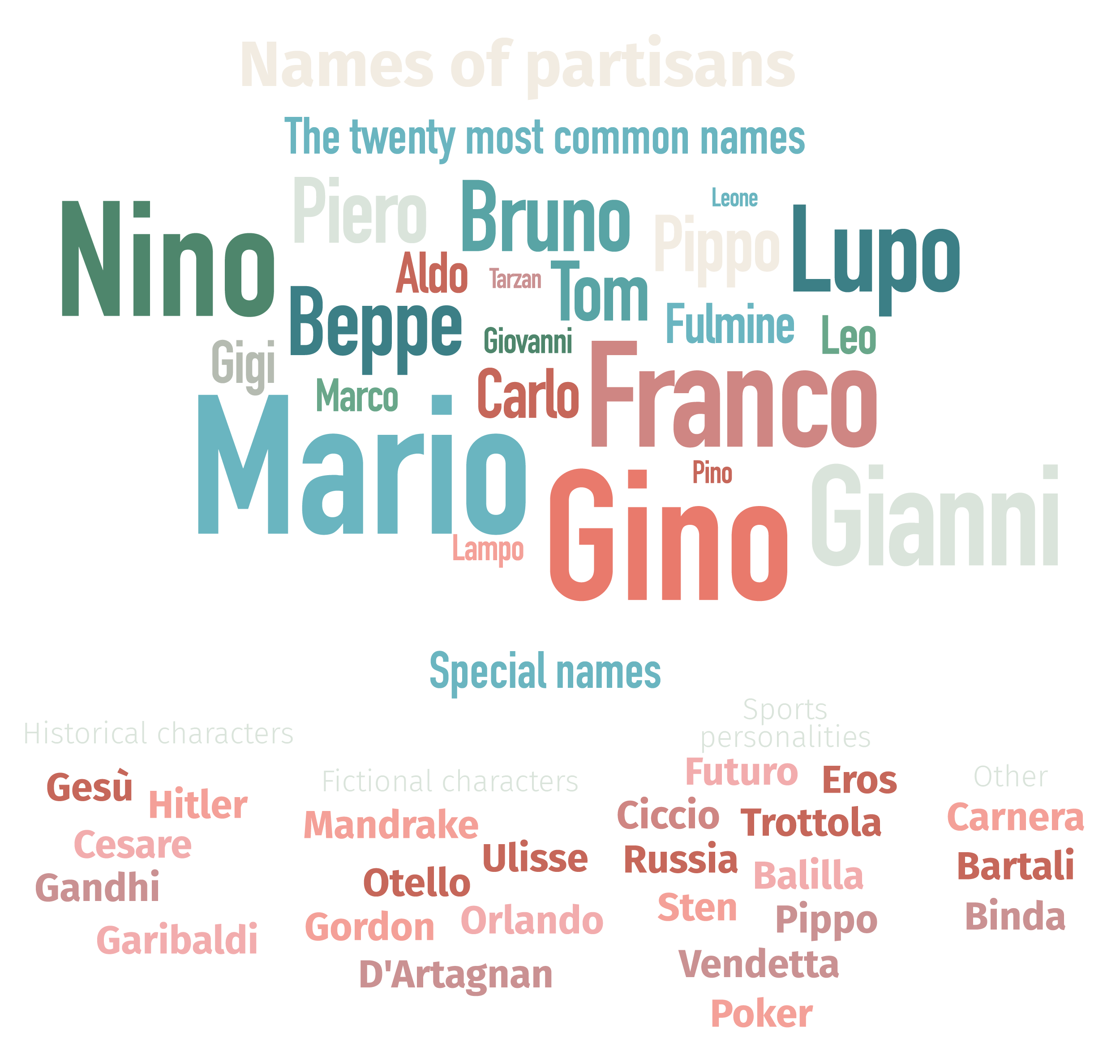
Other places of interest
Museo della Brigata Val di Vara
Tel: 0187-935644
Mail: comcal@libero.it
museodellabrigatavaldivara.simplesite.com/
www.facebook.com/ISRspezzino/
Museo della Resistenza Piacentina
Tel: 348-3528370
Mail: info@resistenzapiacenza.it
www.resistenzapiacenza.it
Museo della Repubblica di Montefiorino
Tel: 0536-962815/962811
Mail: info@resistenzamontefiorino.it
www.resistenzamontefiorino.it
www.facebook.com/resistenzamontefiorino/
Ecomuseo della Resistenza “Carlo Mastri”
Via Capra, 27, 10098 Rivoli (TO)
Mail: segre@colledellys.it
www.comitatoresistenzacolledellys.it
www.facebook.com/colle.dellys/
Museo valsusino della Resistenza
Mail: anpi.condovecaprie@gmail.com
anpicondovecaprie.blogspot.it/search/label/museo
www.facebook.com/anpi.condovecaprie/
Biblioteca “Resistenze: storia e memoria” e Museo della stampa clandestina
Tel: 0121-932530
Mail: bibliotecaresistenze@comunetorrepellice.it
www.comune.torrepellice.to.it/archivio/pagine/Biblioteche_comunali.asp
www.facebook.com/BibliotecadelleResistenze/
Istituto per la Storia della Resistenza e dell’Età contemporanea della Provincia di Forlì-Cesena
Tel: 0543-28999
Mail: istorecofo@gmail.com
istorecofc.it/tavolicci.all
Casa della Memoria della Resistenza e della Deportazione di Vinchio
Tel: 0141-354835 / 0141-592439
Mail: info@israt.it
www.casamemoriavinchio.it
Watching /reading tips
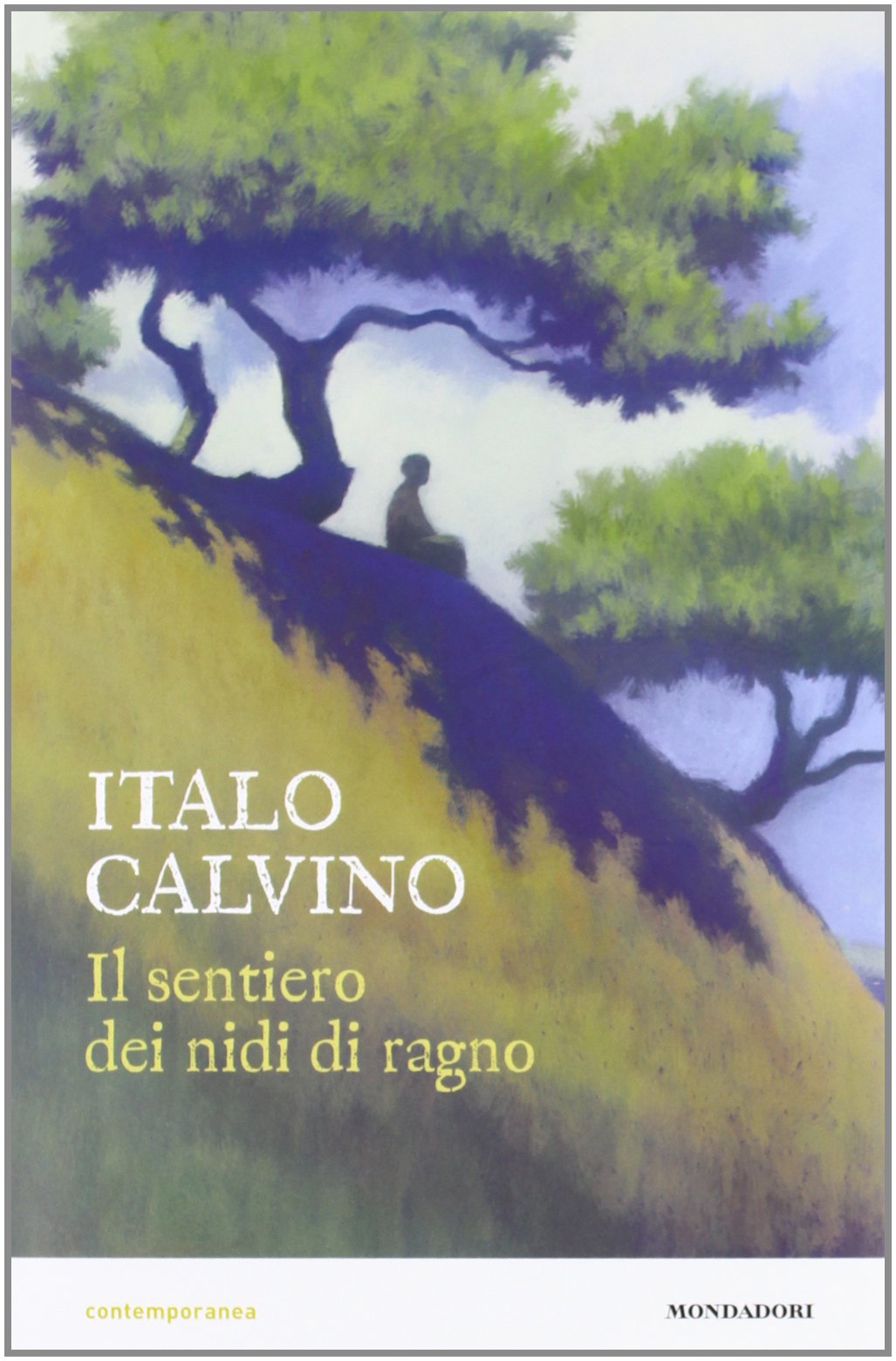
Il sentiero dei nidi di ragno
Book
(Italo Calvino, 1947)
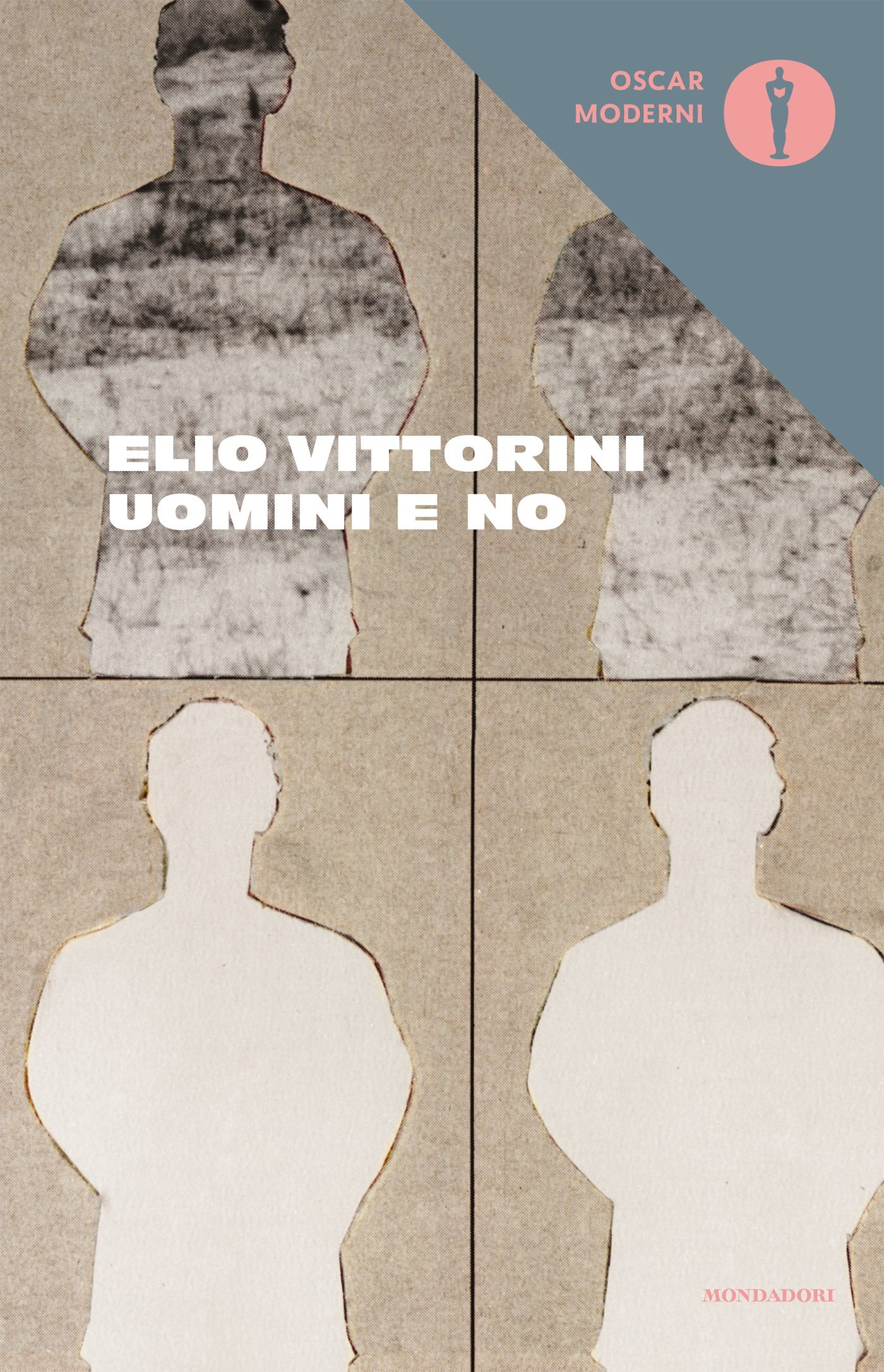
Uomini e no
Book
(Elio Vittorini, 1945)
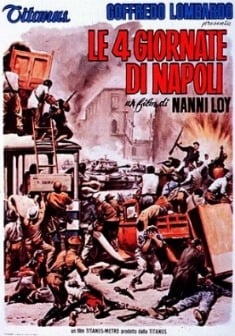
Le quattro giornate di Napoli
Movie
(Nanni Loy, 1962)
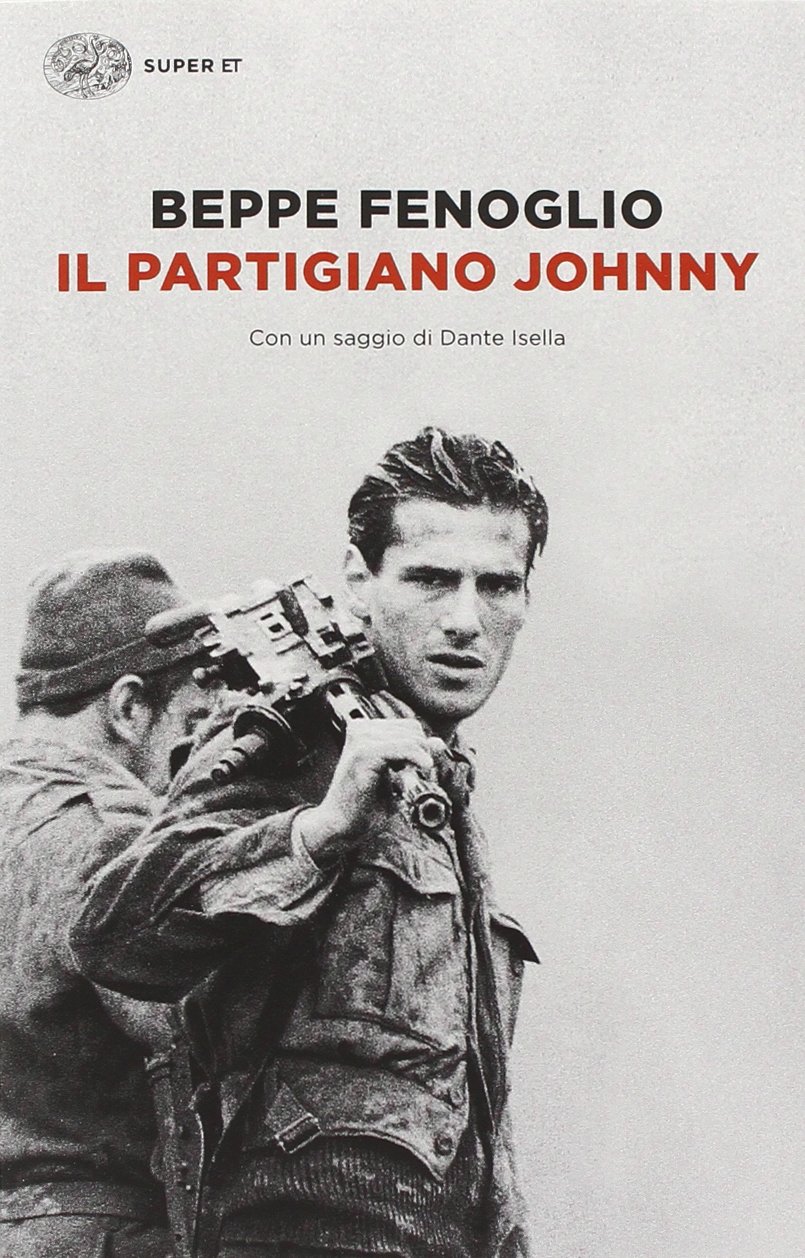
Il partigiano Johnny
Movie
(Beppe Fenoglio, 1968)
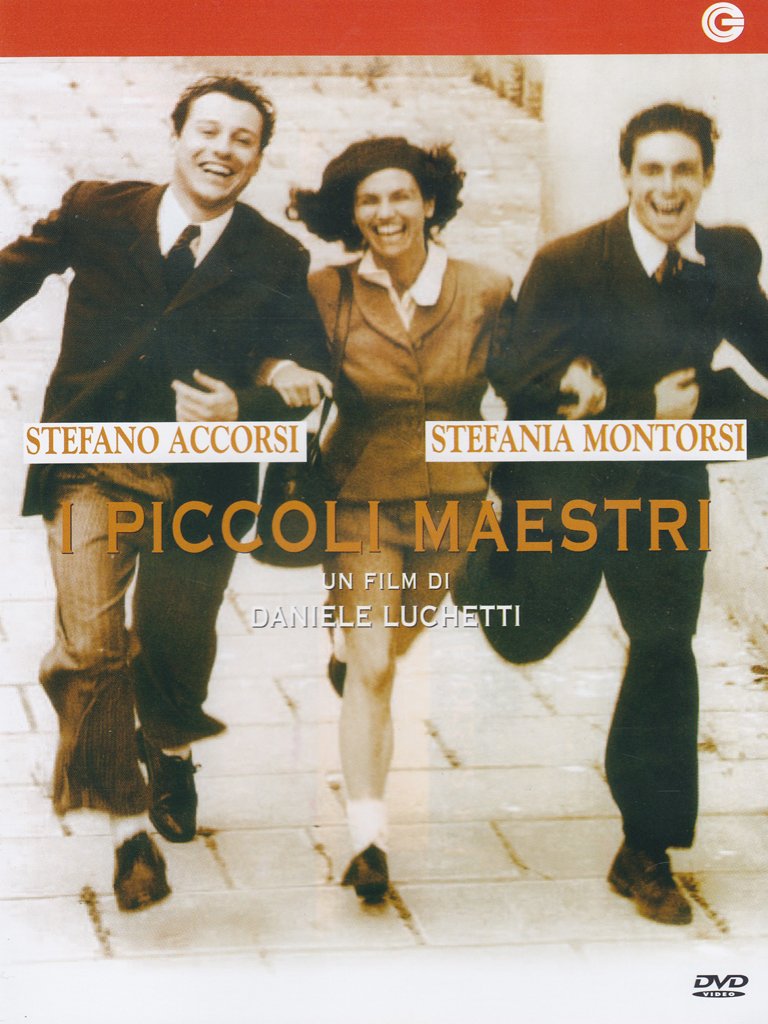
I piccoli maestri
Movie
(Daniele Luchetti, 1997)
To know more
